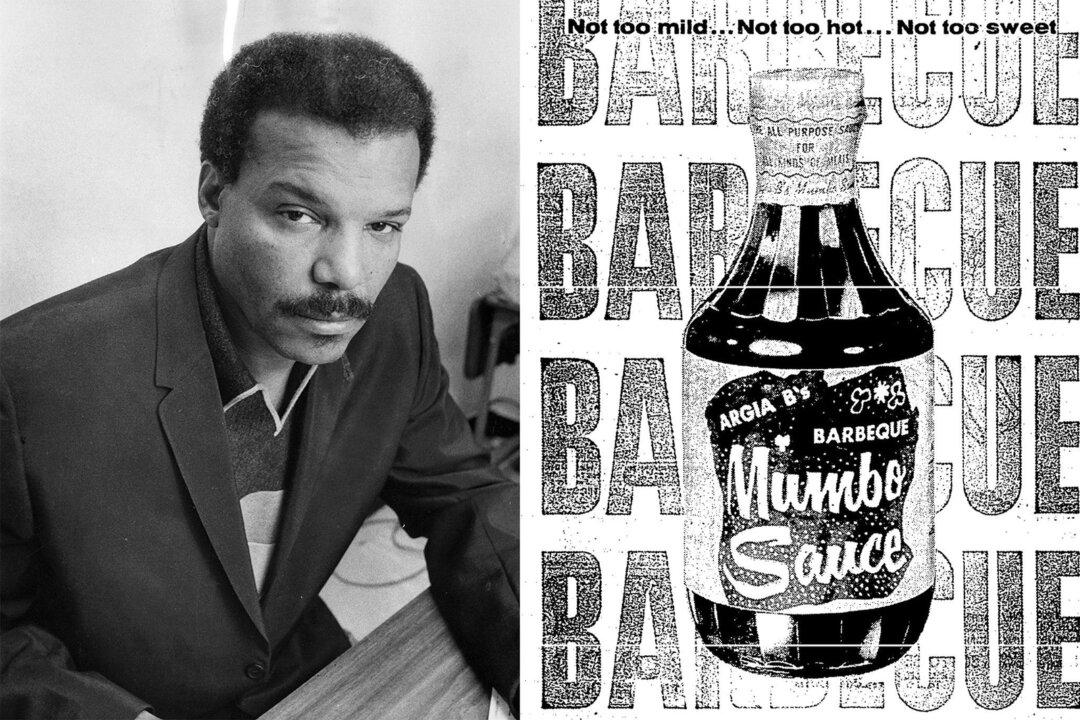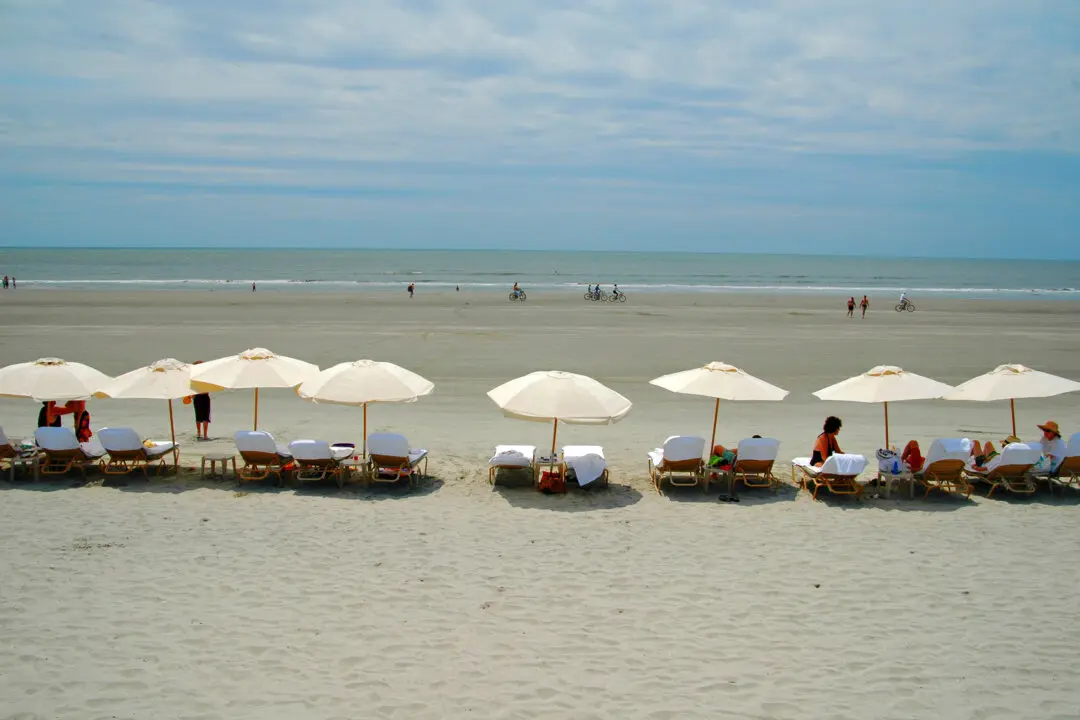By Nick Kindelsperger
From Chicago Tribune
Chicago–Barbecue has been on my mind for months now, from the newer Texas-style offerings in the suburbs to the saucy South Side classics. As I’ve hopefully made clear, Chicago has a robust barbecue tradition, particularly for a northern city. But after looking through the Tribune’s archives, even I was surprised by how early and often barbecue pops up.






